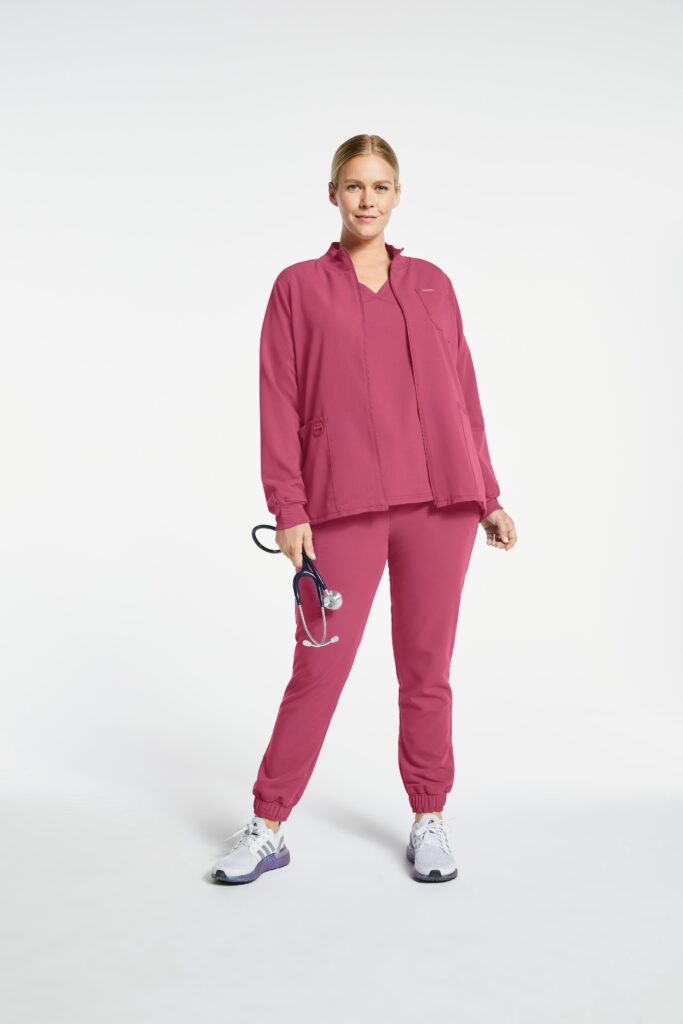Residency training is one of the most important parts of your journey to becoming a doctor. If you’re a medical student, you probably have your choice of specialty in mind. After your four years of pre-med and another four of med school, you’re equipped with a ton of scientific and clinical knowledge, and residency gives you a very important chance to put it into practice under the supervision of an experienced physician. You’ll spend the rest of your career providing patient care, so learning how to do it is just as essential as acing biology or anatomy.
However, getting into a residency program is a challenge. But don’t worry; we’ve got the information you need. From the most competitive residency programs to how to overcome the challenge of getting into one, we’ll cover everything.
Even if it means competing with a number of applicants to match with the right residency program, remember, somewhere out there is the right one for you. All you’ve to do is be patient and flexible. For now, let’s delve into the topic and learn the details.
Residency match rates by specialty
You might think that the most difficult or “involved” specialties have the most competitive residencies, but in fact, it’s all a numbers game. The percentage of positions already taken by other students in any given residency is referred to as a “fill rate.” The competitiveness of residency programs simply depends on how many senior medical school students are already in the program, which then determines the number of open spots.
How does residency matching work?
Like so many aspects of our lives these days, residency matching is determined by a computer algorithm. At a basic level, this algorithm tries to find matches between what students want (preferences) and what residency programs are looking for.
Matching with a residency program is tough because more medical students are looking for a residency position than there are roles. In fact, since specialty fill rates can be exceptionally high, students trying to score these spots may have less luck than those looking for primary care roles.

What are the top five most competitive medical residencies?
This data varies every year. The following residencies ranked by competitiveness had some of the highest fill rates in the 2022 match round, which means that these are currently some of the most competitive specialties.
- Dermatology: Nearly 300 medical students competed for just 31 open spaces in this medical specialty area. This is a popular career because dermatologists can bond with their patients and often set their own hours.
- Emergency medicine: Approximately 111 applicants vied for just 30 positions. Many physicians enjoy the challenges and unique cases in this fast-paced specialty.
- Neurosurgery: Around 400 medical students applied for the 232 spaces in this specialty area, which is popular because of its high salary, research opportunities and fascinating work.
- Physical medicine & rehabilitation: Competition in this field was fierce. Roughly 550 applicants competed for the 151 open positions in this residency. Physical therapy is consistently rated as one of the happiest careers in the medical field.
- Integrated plastic surgery: Plastic surgery is a popular field where professionals have good control over their hours and practices. So, the residency is pretty competitive. In the last round, 291 students competed for just 180 roles.
Something to know about residencies
Medical residencies can last up to seven years, making it a substantial chunk of your journey to becoming a doctor. This is after your eight years of medical education and the Medical College Admission Test (MCAT). But don’t give up! Finding the right residency is just around the corner. Here are two important factors to consider before choosing the appropriate residency for you:
- A high fill rate equals high competition: If you’re looking to get into a competitive healthcare specialty, buckle up for the challenge. According to statistics, fill rates in primary care specialties were lower in 2022. For example, in pediatrics, the fill rate was 56.5%, while in family medicine, it was 31.3%. To summarize, it’s safe to say that the fill rate is directly proportional to competition in the specialty.
- It’s not just about the specialty: Remember when you were in school and always aspired to become an oncologist, pulmonologist, neurologist, ophthalmologist or whatever speciality that inspired you to study medicine in the first place? You had your heart set on a specialty, but what if the career path is not as pleasant as you wanted it to be? Don’t despair. There are other considerations that will factor into your happiness. These include the program’s location, working environment, faculty you’ll be working with and of course work-life balance. Figure out what your priorities are, and let them influence your choice.
- United States Medical Licensing Examination (USMLE) Step 1 scores: Your scores on the USMLE Step 1 form part of your residency application, and performing well on this test can help you get into the program of your dreams. Competitive residencies tend to favor medical students with higher USMLE scores.

Let’s talk about the USMLE
The United States Medical Licensing Examination is important, but what is it, exactly? It’s a three-step test required for medical licensure in the United States. The examination determines if an aspiring doctor is able to use what they learned in medical school to perform competent patient care.
The first step, or Step 1, of the exam focuses on basic science knowledge and includes multiple-choice questions on biochemistry, anatomy, immunology, microbiology, physiology, pharmacology and behavioral sciences. Students take this step during the second year of medical school.
The second step, or Step 2, focuses more on clinical skills and features questions on surgery, pediatrics, internal medicine, obstetrics and gynecology. Future doctors take this step in the fourth year of med school.
The third step, or Step 3, assesses whether one is ready to practice medicine independently. Residents generally take this step after the first year of their residency program.
Is internal medicine competitive? Well, we’ll let you decide. We know you’re ready for the challenge, and we’re here to support you. Whether it’s career-oriented content or the perfect pair of scrubs, you can count on us (we’re great at that!).

